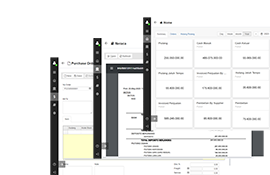Loan To Value
Definition of Loan To Value
Loan to Value (LTV) refers to a financial metric used to assess the ratio of a loan amount to the appraised value or purchase price of an asset, typically a property.
It helps lenders evaluate the risk of a loan by determining the percentage of the property's value that is financed through the loan.
A lower LTV indicates a lower level of risk for the lender, as it signifies a larger equity stake from the borrower and a reduced potential for default.
What is Loan To Value?
Loan to Value (LTV) is a numerical representation of the relationship between the amount of a loan and the value of an asset, such as real estate. It offers insight into the proportion of the asset's value that is being financed through the loan.
A higher LTV suggests a larger loan relative to the asset's value, indicating potentially higher risk for lenders due to a smaller borrower equity stake.
How to calculate Loan To Value?
Loan to Value (LTV) is calculated by dividing the loan amount by the appraised value or purchase price of the asset, then multiplying by 100 to express the result as a percentage. The formula is:
LTV = (Loan Amount / Property Value) * 100
For example, if a borrower seeks a $150,000 loan for a property appraised at $200,000, the LTV would be:
LTV = ($150,000 / $200,000) * 100 = 75%
This indicates that the borrower is seeking to finance 75% of the property's value through the loan, while contributing 25% as a down payment or existing equity.
Lenders often use LTV as a risk assessment tool to determine loan eligibility, interest rates, and potential mortgage insurance requirements.
